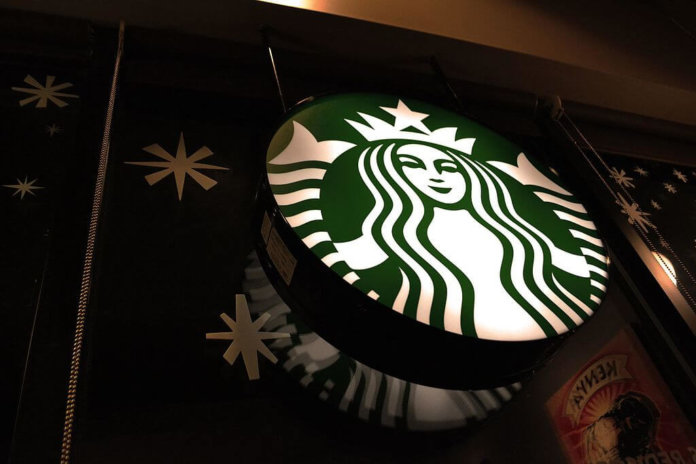
It may be the hardest thing any self-made CEO Billionaire has to do. After a lifetime spent building, growing and nurturing the business, they have to hand it off to someone else and let them steer the ship. It’s a process that has to be done right because you only get one shot at a smooth and successful transition.
Unless, of course, you’re Starbucks CEO Howard Shultz, in which case you’re about to do it for the second time. And this time he’s determined to do it right.
“I didn’t get that right the first time around and that was my own fault,” Schultz told The Globe and Mail in 2013 referring to his first attempt at stepping away from the company in 2000. Given the way Starbucks stock cratered and the company lost money, that may be a bit of an understatement.
Growth of a Corporate Giant
Starbucks’ great fall in the wake of Schultz’s 2000 retirement was a testament to how far he had taken the company during his tenure that began in 1987. Howard Schultz did not give birth to Starbucks, but he raised it to become the most powerful coffee franchise on the planet.
Schultz grew up in very humble surroundings in New York. His father Fred was a blue collar worker who did his best to make ends meet but couldn’t afford some basic protections for his family including health insurance. This had a huge impact on young Howard who vowed that if he were ever in a position to do so, he would make sure anyone who worked for him had health insurance.
Howard went to work for a fairly new coffee franchise called Starbucks in 1982 as Director of Operations and Marketing. However, it was on a trip to Italy the following year where he got the inspiration that would forever change his life and the way the rest of the world gets their caffeine fix. He noticed how people liked to sit and gather with friends to socialize over coffee rather than just grab to go as so many Americans did. He decided to buy the franchise which, at that point, only had four stores. The rest, as they say, is history.
Lessons Learned
When Schultz stepped aside in 2000, Starbucks stocks dropped 28% before recovering slightly only to be hit again by the economic recession later in the decade. The company’s downturn can be attributed to a little bit of poor planning and a little bit of bad luck. No one could have known the dot-com burst would cause an economic spiral or that a major global recession was coming just a few years down the road.
“In 2007-2008, the country was going through a cataclysmic financial crisis that affected all companies, especially consumer brands, and Starbucks was not immune,” Schultz recently told MarketWatch. “The management team at that time, all good people, did not have the experience needed to navigate through that period.”
The company was also culpable in their rapid expansion and decision to invest heavily in food service. So after eight years of struggles, Schultz decided to come out of retirement and again take control of the company in 2008.
The recovery was more pronounced than was the earlier decline. As a result, the company is now in a much stronger position than it was 16 years ago. Back then, Starbucks annual revenue was a little over $2 billion whereas last year it reported revenues of $21 billion and is expected to grow by nearly 10% annually over the next two years.
A New Path for Starbucks
There is concern but no panic regarding the company’s future under the incoming CEO Kevin Johnson, Starbucks’ former President and COO. Johnson used his tech background to build the Starbucks app into one of the most successful business apps on the market. And Schultz will stick around to oversee the upscale Starbucks Reserve branch of the operation.
It appears Howard Schultz has Starbucks well-positioned so he can enjoy this rare second chance at retirement.









